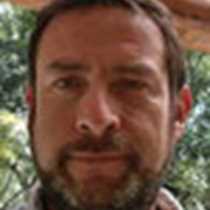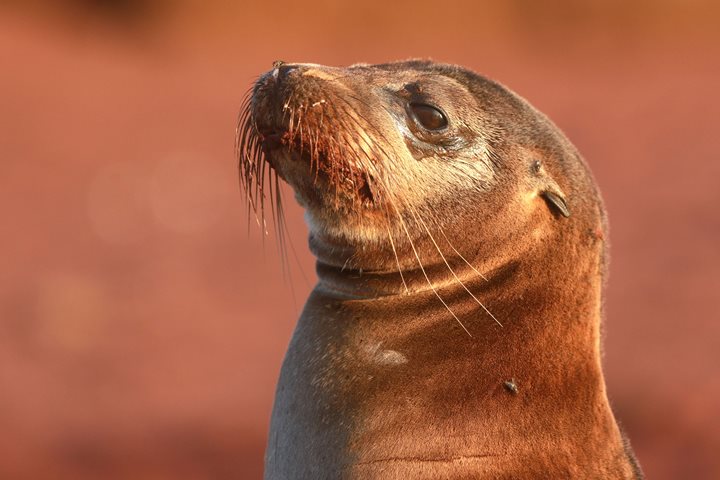Today we moved to the western part of the archipelago: Isabela and Fernandina Islands. Both Islands are still very active with recent or ongoing volcanic eruptions. The western islands are also very productive due to the influence of the Cromwell Current. This subsurface current brings many nutrients that promote the growth of plankton and marine algae. Due to this process, the biomass of marine iguanas, sea turtles and many other marine organisms are the highest in the archipelago.
- Daily Expedition Reports
- 04 Sep 2018
Fernandina and Isabela Island, 9/4/2018, National Geographic Islander
- Aboard the National Geographic Islander
- Galápagos
Luis Vinueza, Naturalist
Luis arrived in the Galápagos Islands for the first time when he was 11 years old in 1983, and from that time on he knew that Galápagos would one day be his home. He returned to the islands in 1995 and spent 14 months camping in a tent. Seven of thos...
Read MoreJulio Rodriguez, Videographer
Born and raised in Ecuador, the son of Spanish and American parents, Julio developed a passion for storytelling and environmental conservation at an early age. After majoring in History at Carleton College (Minnesota), with a thesis on the Basque ant...
Read MoreShare Report
Related Reports
11/23/2022
Read
National Geographic Islander II
Isabela and Fernandina
Our day began with the chance to point out a lot of interesting geological features as we enjoyed Zodiac tours along a massive flank of Ecuador Volcano on Punta Vicente Roca. In the afternoon, we took a sunny walk on Punta Espinoza on Fernandina Island. We spotted many iguanas, and a bunch of sea lions hanging around, too.
11/22/2022
Read
National Geographic Islander II
North Seymour & Rabida Islands
Relatively small and low compared to neighboring Santa Cruz, North Seymour is located to the north of Baltra. The island is dry with predominantly low shrubs, like prickly pear cacti. The incense trees are bare during the dry season. Seabirds like frigatebirds and blue-footed boobies nest on the island, and sea lions rest on the sand when they are not fishing. Land and marine iguanas also live here. Rabida is in the middle of the archipelago and has a striking red sand beach. We observed a small colony of sea lions of all ages resting or nursing. Behind the beach, American flamingos nest in a brackish lagoon. This island is full of contrasts and wildlife that we enjoyed observing during this day of expedition.









